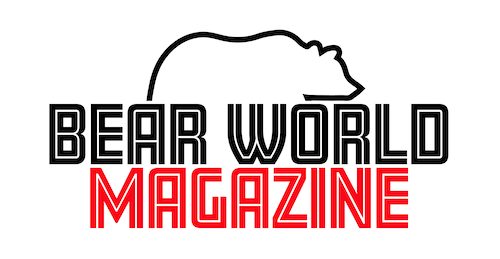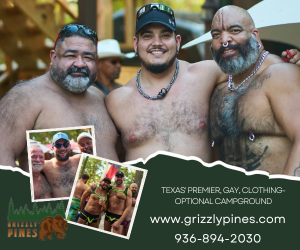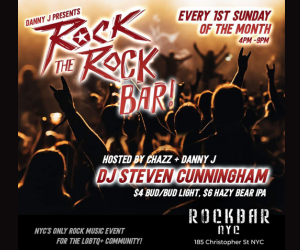Artist Benjamine Lester: Painting Male Bodies and Challenging Heteronormative Sensibilities
At first glance, it’s easy to tell that Benjamine Lester is an amazing painter who has a knack for painting visually stunning depictions of the male form. But, once you look even deeper than the surface, you see that his work isn’t just merely pretty, but it’s also emotional, compassionate and empathetic. Benjamine Lester has a story to tell and a point to make about masculinity and the importance of softness under a hard exterior.
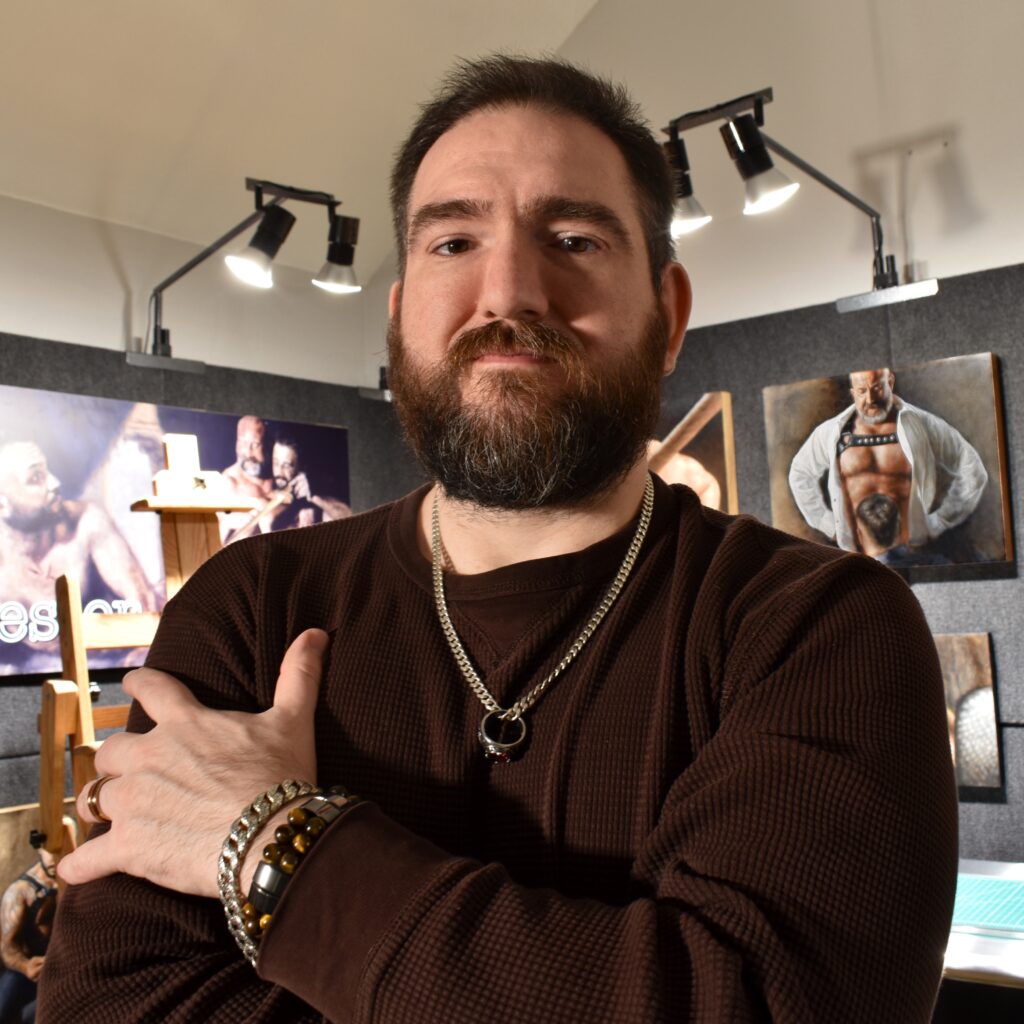
I had a chance to speak with the Dallas-based artist about his work and why so many art galleries shy away from LGBTQ+ artists.
Kyle Jackson: Can you tell us a bit about your work and what led you into painting portraits of male bodies?
Benjamine Lester: I think, like most of us, my father was my first and most significant model of masculinity. He has an effortless and comfortable masculinity about him, one that doesn’t impose on others, at least not on to me. The concepts of ‘Man Up’ and ‘Don’t be a Sissy’ never existed in my house. So growing up, when I encountered those ideas out in the world, I was able to leave them at the door. It was their problem, not mine.
KJ: What are some of your favorite things about the male body to feature in your work?
BL: As a young artist I often painted my dad. I have several of those still stashed somewhere. In a way, I’m still painting my dad or at least qualities of him I’ve learned to recognize and admire in others.
I also draw inspiration from gay culture — The way we relate to each other is uniquely beautiful. Gay men are more likely to turn to our friends for emotional support, and more likely to validate our friend’s feelings or acknowledge their trauma. Straight culture, at least in America, tends toward repressing how straight men can relate to each other.
I think that’s why my work is labeled as ‘LGBT Art’ — The label is assumed by my themes of men connecting emotionally. Don’t get me wrong, I often paint explicitly gay themes, like my collection re-telling the Nordic story of King Ringerike and Frithiof as an inter-generational love story. If you’re not familiar with the story, after the young and brave Frithiof completed a series of Herculean like tasks, King Ringerike, impressed by his strength and beauty, adopts him as heir and gives him his magic sword. This is a euphemism if I ever heard one.




King Ringerike and Frithiof by Benjamine Lester
KJ: Why do you think the traditional art world turns a blind eye to art that features naked male bodies?
BL: LGBT+ themes seem to be a problem for the gallery system, which remains very conservative. Having openly gay artists expressing their experiences through male bodies, like my works “Support” or “We are Not Monsters”, challenges heteronormative sensibilities.

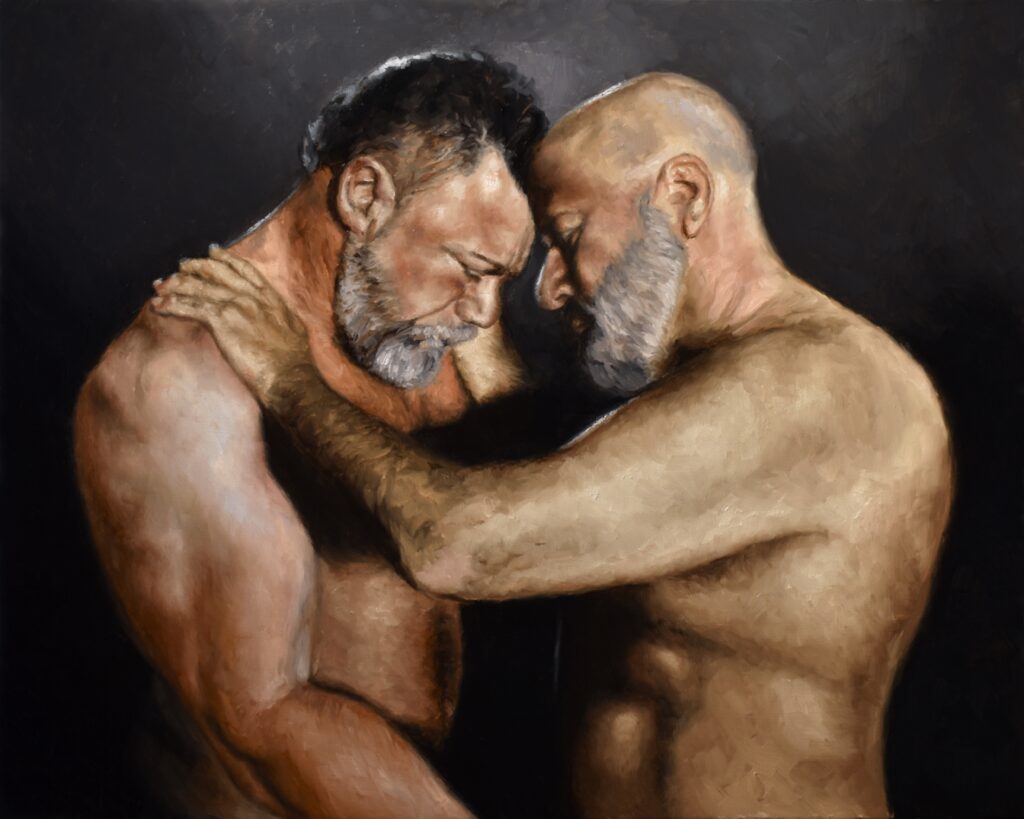
Of course, not all galleries are afraid of these themes. I worked with the amazing Padilla Gallery here in Dallas until they closed their doors last year. Asking gallery curators to support LGBT+ themes can be a difficult conversation, especially when nudity is involved. Mostly because thier tried and true methods are decades old, from a time when LGBT exclusion was expected. Galleries don’t have the monopoly of the art market like they once enjoyed, and the risk of alienating their existing client base by appealing to a new demographic is too great for some.
So, what do we as LGBT artists do? We go to the internet. Social media has been a Godsend to artists like me. Connecting me directly to my collectors where in the past, the gallery had a control over who sees and is able to buy our art. But now, that power is in our hands. You can discover my art on Instagram: @BENJAMINELESTERART or Facebook: @benjaminelester, visit my website Lester-art.com and buy a Lester original. ‘Clutched pearls’ plays no role.
Of course, there’s an obvious problem with relying on digital outlets because the in-person experience is so much more impressive than the image on your screen. Lacking gallery support means we have to be creative to get our work in front of potential collectors. Large industry art shows can cost an artist thousands to effectively participate, restricting access to these events for many artists. Finding partnership with local businesses with prominently straight patronage is also a challenge for LGBT+ artists, especially here in Texas.
Honestly, I don’t care if my art traumatizes some MAGA Mom, because she’s not going to buy my work anyway. But, she will likely cause problems for the venue hosting a Lester Pop-Up show. What I needed is a space that appeals to my demographic; Gay men who appreciate the masculine body, those are my people.
Texas Bear Round-Up (TBRU), an annual bear event right here in Dallas with thousands of attendees from all over the world seemed like a good fit. Last year was my first time participating at TBRU and it turned out to be very effective. I will be returning to TBRU this year, and I will be at Dallas Pride for the first time later this summer. I am hoping to do more events like these next year.
KJ: What are a couple of things you would like people to understand more about your artwork and the artwork of other LGBTQ+ artists?
BL: Honestly, the art we are creating is special. We deserve to be seen and our voices heard. The most important thing I want the reader to know, is that if they believe in the work that I’m doing, they should visit my website or see me at a live event and buy my work. If that isn’t possible for whatever reason, then follow me on my socials or tell a friend about my work. I can only do this job because people believe in me and share their belief with others.
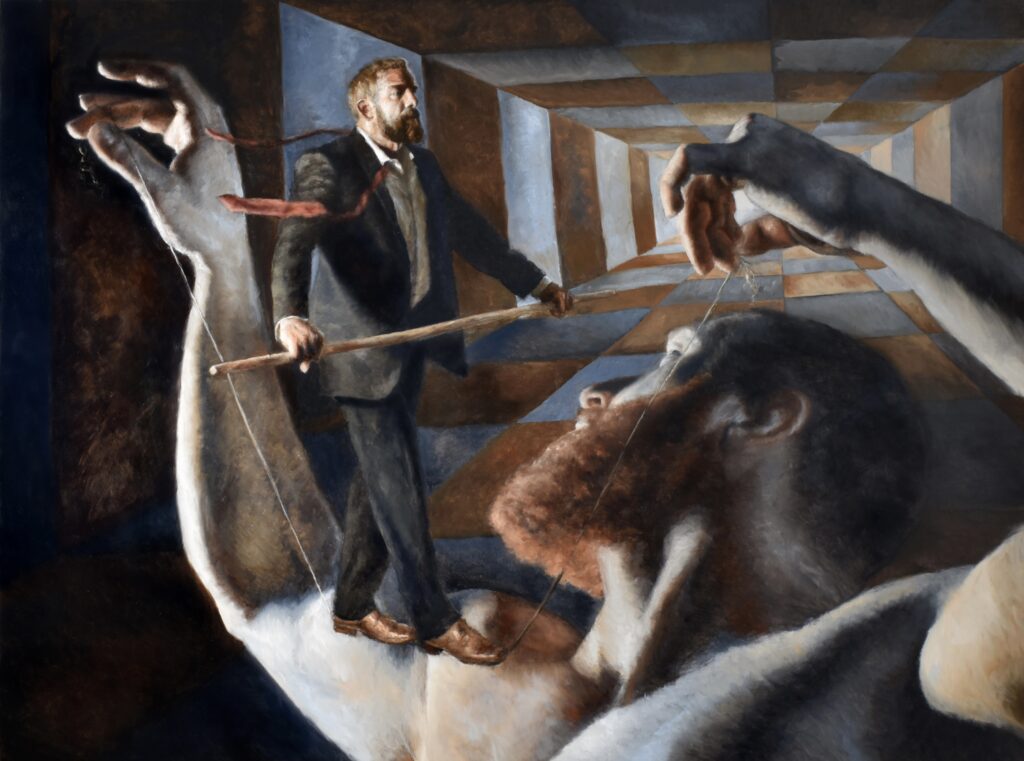

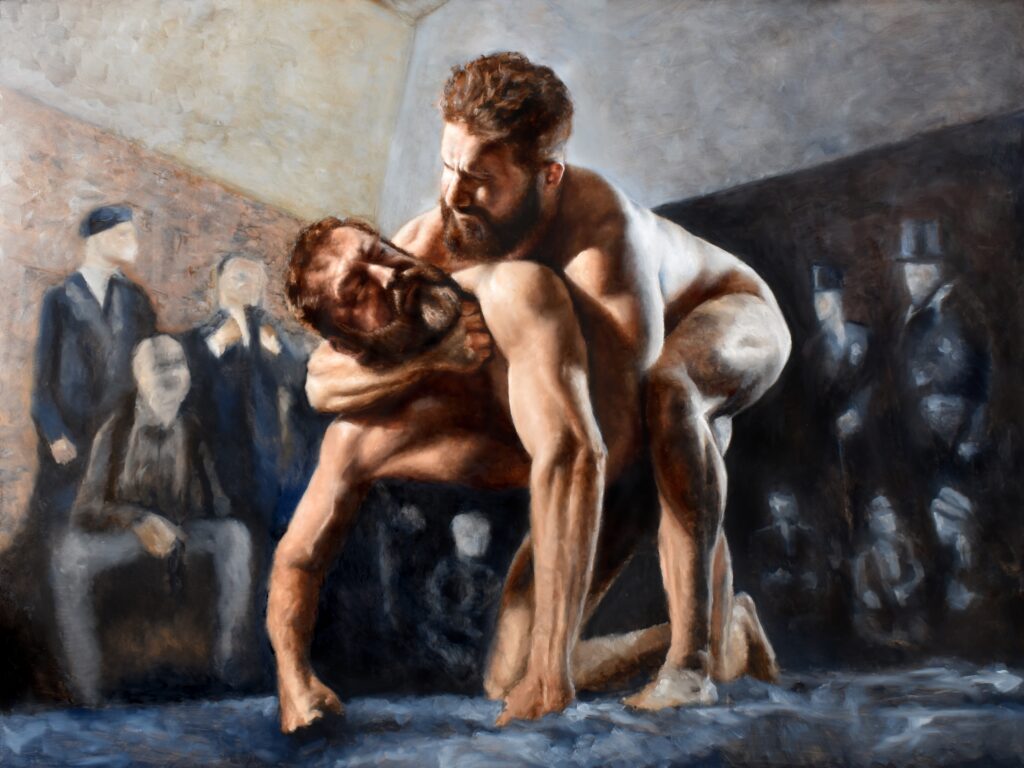
To view more of and buy Benjamine Lester’s work, visit at www.lester-art.com.
Don’t forget to follow him on Facebook and Instagram!

